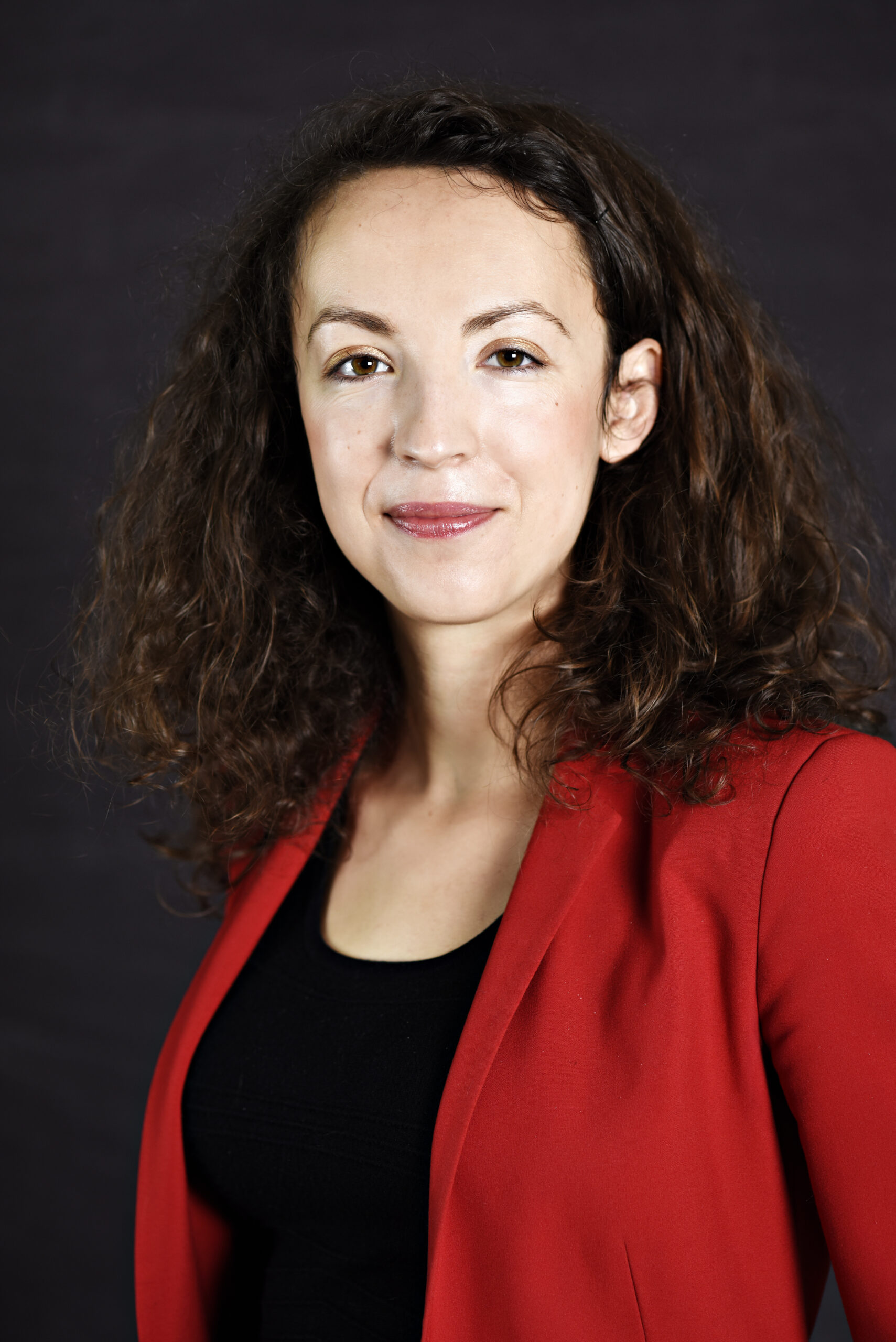Where are we?
In the forward to Diversity Management in Poland. Where are we and where are we going? Marzena Strzelak, the CEO of RBF, writes:
International studies conducted by EIGE, WEF or ILGA show that the world is moving forward and we are falling behind. Poland’s rating on gender equality, the situation of LGBTI people or people with disabilities has gone down. (…) We are one of the fastest-ageing countries in Europe, but the government’s proposal for transposing the EU Work-life Balance Directive ignores this challenge. These are sad facts.
However, cultural changes are taking place. It is not only the youngest generations, as shown in virtually every study on this topic, who want inclusive workplaces (translated by the author).
Let’s do better
My biggest takeaway from the report is that collectively we could do much better. These three results stood out to me the most.
- The why for DEI is largely misunderstood – the most frequently indicated benefit of DEI is the company’s image (75%)
- Only 3% of companies have a formal DEI strategy. This is an increase of 1% compared to 10 years ago. The better news is that 19% of companies plan to create one
- Data: We know very little about the outcomes for different groups. Race and ethnicity are absent from the key data
Other insights include:
- 49% of companies know the concept of diversity management
- 15% have initiatives supporting a specific group of employees
- 31% monitor pay equity based on gender
- 75% employ mostly men for the most senior roles
- 20% say that their workplace is accessible for people using wheelchairs
A note on the language
The language we use matters. In Polish, DEI is often translated as zarządzanie różnorodnością which means diversity management. This paradigm came from the late 20th century when the focus of DEI efforts shifted from outcomes that benefit marginalized groups to outcomes that benefit corporations. It positions DEI as an add-on or a separate business activity resulting in specific benefits (business case).
It’s more effective to think about Diversity, Equity, and Inclusion as a set of tools and practices critical to an organization’s success that affect every part of it and to define it in terms of outcomes – organization’s demographic composition, structural success and built environment (DEI Deconstructed: Your No-Nonsense Guide to Doing the Work and Doing It Right by Lily Zheng).
How we frame DEI will impact how we define the problems we are tackling, our approach, and even the amount of backlash we will get.
Final thoughts
While the results of the report are disappointing, my own experience and observations let me remain hopeful. I met many talented DEI strategists, leaders and employees having an impact on their workplaces and beyond (e.g. supporting refugees fleeing Ukraine). It is their thoughtful, intentional, strategic, and outcomes-focused work that shapes DEI in Poland.
For those unfamiliar with Poland’s unique history related to politics, economics, and human rights, my colleagues at Aperian Global created a free resource that explores distinct DEI challenges for the country: Global Diversity, Equity, and Inclusion: POLAND.


